Insights from Jolene Peixoto, Communications Leader at RELEX Solutions.
Jolene Peixoto is Communications Leader at RELEX Solutions – a provider of united supply chain and retail planning solutions.
We sat down with Jolene to discuss her approach to building a brand that stands out from the B2B pack. And how to plan a communications strategy that emphasises those unique points of difference.
How do you make a B2B brand stand out?
The B2B industry is awash with players doing similar things. Often, if you were to remove a company’s name from its marketing and replace it with a competitor’s, the message would still be quite accurate, because it’s too vanilla and not specific enough. So, for me, standing out means owning the things that are really central to your brand – and that don’t apply to your competitors. Next, back up each of those unique claims with data and proof points.
At RELEX, for example, we focus on reducing waste in the supply chain – especially the sector’s 931 million-tonne contribution to the mountain of food wasted each year. We really zero in on helping brands and retailers to become more sustainable – removing all waste from the consumer value chain process; wasted product, wasted cost, and the waste of unnecessary manual work.
For a B2B brand’s message to stand out, it should be precise. So, I advocate for cutting the fluff from your message – the buzzwords like ‘industry leading’ and ‘best-in-class’ that don’t really mean anything concrete (and besides, everyone’s claiming them!). It also helps you keep focus on the stories that fit, instead of trying to shoehorn your message into contexts where it doesn’t naturally apply.
How can brand building and communications work better together?
Alignment is everything. Ensure everyone across your team knows and understands the top three to five messages that the business wants to resonate across its channels. That could mean a lead gen campaign; on LinkedIn; in the media; on your website… Wherever a B2B message appears, consistency is an absolute ‘must’ for it to stand out and get cut-through.
One of the best ways to achieve this is to build a messaging map with supporting information and proof points. Firstly, it helps to quickly inform the basis of assets like LinkedIn ads or social media posts. And secondly, it enables your team to move at pace and run with the same message – rather than relying on brand or comms leaders to create materials.
How can communications and content strategy work best together?
Marketing content and communications content should always work in sync. Get it right, and your stories will be amplified further and stick better. For example, when doing a research report with customers, involve your communications team in planning and building out the questions. If you don’t, you might miss the ‘so what?’ factor – and ultimately end up with data that’s nowhere near as useful as it could be.
Equally, content with a thought-leadership focus will be stronger if it’s enriched with customer insights and perspectives. Understanding that content can have a dual purpose will help to extend your sales and marketing budgets, but also create richer content, as different stakeholders have their say. It’s finding that golden nugget of data that gets the media hooked in – and customers engaged.
What’s your take on social media strategy, and the interplay between it and PR?
When social media sits in a siloed team without a strategy around it, it limits the company’s ability to leverage all the reasons to connect with it.
It’s important to take more of a holistic look at social media and what the future looks like. Where among your teams does content sit best? What will be the most natural way to weave in different forms of content, like PR announcements, internal employee wins, and creative pieces?
It’s also important to be mindful of when best to post. Look at geotargeting to ensure you’re only sharing stories that are relevant specific regions. And finally, consider an ambassador program, which can really help to drive reach.
How are you using gen AI to supercharge your communications?
We launched RELEX GPT. It’s our own internal generative AI – making it easier to pull product or customer information. Alongside this, we’ve had an internal push to experiment with ways of boosting productivity and measuring the time we’re saving. For example, we’ve been working on creating a prompt library to help us generate outlines for first-draft press releases, or blogs on a specific topic.
For me, generative AI helps us to work smarter and faster. It essentially gives us the head start on content creation – whether that’s in the research phase or getting a piece of content started quicker. Personally, I think you’re doing yourself a disservice if you’re not experimenting with it.
Share






